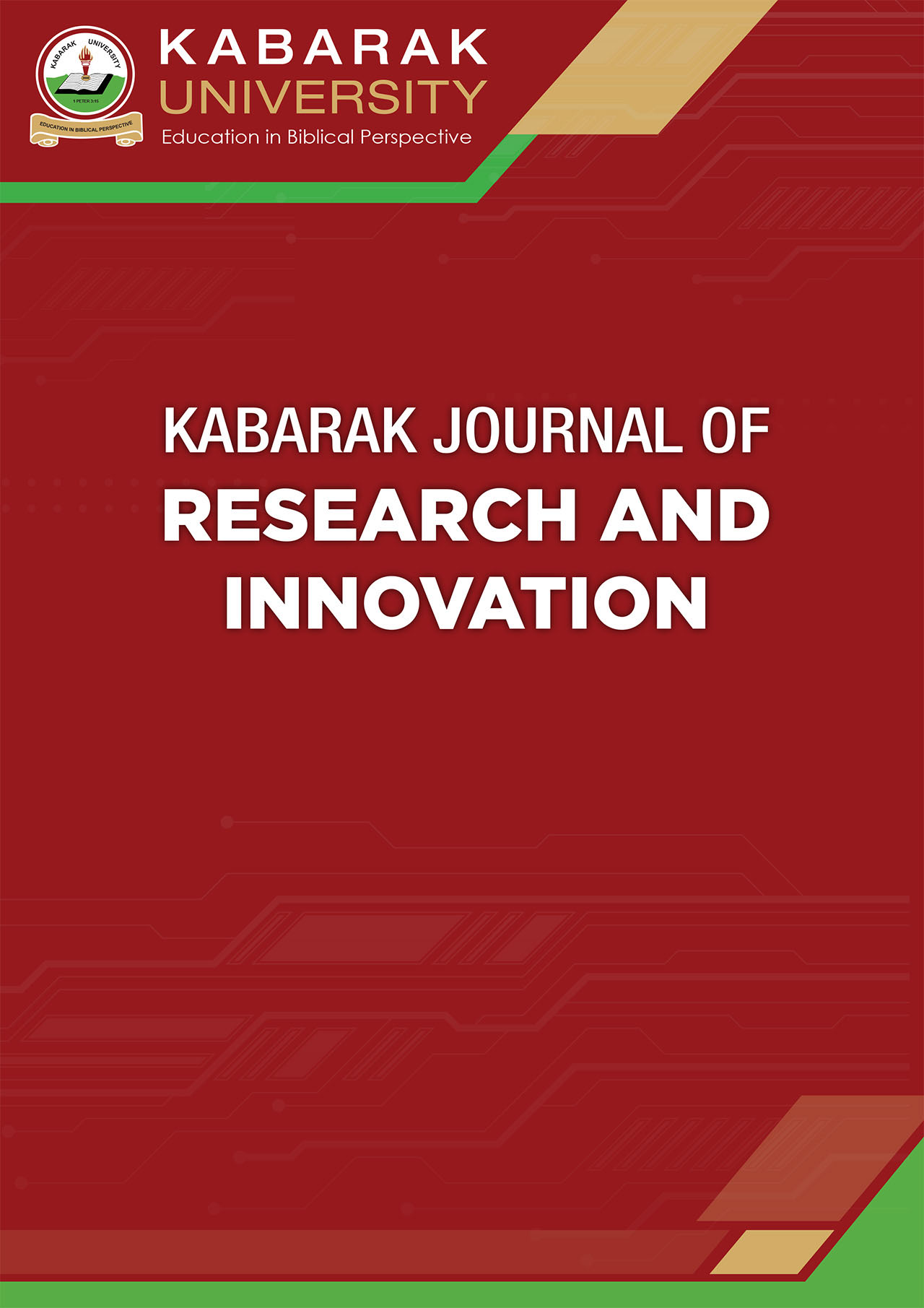Methodology for Risk-Benefit Analysis in Research
DOI:
https://doi.org/10.58216/kjri.v14i01.284Keywords:
Risk, Benfit, Severity, Magnitude, Methodology, Risk-Benefit RatioAbstract
Risk-benefit analysis in the context of research activities has recently become a mandatory exercise. It is an integral part of the more extensive exercise, the scientific and ethical review for research approval and subsequent monitoring and evaluation exercises. However, how to undertake the process remains a largely subjective process that results in somewhat 'incomplete' inventories of potential risks and benefits for many research activities. There is also the challenge of computing an overall study risk-benefit score when objective and subjective measures of risks, benefits, severity, and magnitude are involved. This study employed the integrative literature review methodology to summarize past empirical and theoretical literature to provide a more comprehensive understanding of a phenomenon. The result is a simple, concise, and practical guide for identifying research risks and benefits, the computation of risk scores, benefit scores, and the overall risk-benefit score in a research activity. These scores are subsequently utilized to compute the study's overall risk-benefit analysis score. This step-by-step process for the computation of a risk-benefit ratio will introduce clarity in the process of risk-benefit analysis to help ascertain if specific risk probabilities and their severity have been correctly assessed. Conversely, the approach is also helpful in ascertaining if study benefits and their magnitude have been adequately assessed and rated.
Downloads
Downloads
Published
How to Cite
Issue
Section
License
Copyright (c) 2024 Moses M Thiga

This work is licensed under a Creative Commons Attribution 4.0 International License.
The Kabarak Journal of Research and Innovation (KJRI) provides immediate open access to all its published content. This is in line with our commitment to making research freely available to the public, supporting a greater global exchange of knowledge.
All articles are published under the Creative Commons Attribution 4.0 International License (CC BY 4.0). This license permits unrestricted use, distribution, and reproduction in any medium, provided the original author and source are properly credited.
Readers are free to read, download, copy, distribute, print, search, or link to the full texts of articles without asking prior permission from the publisher or the author.


